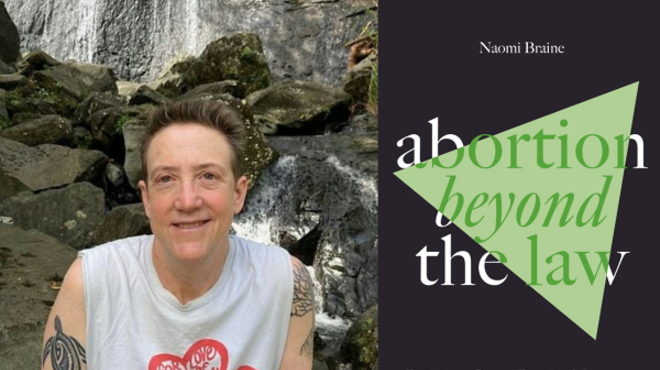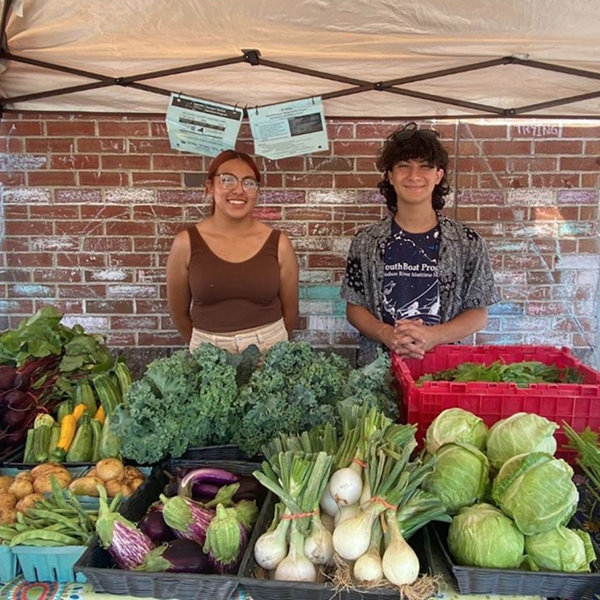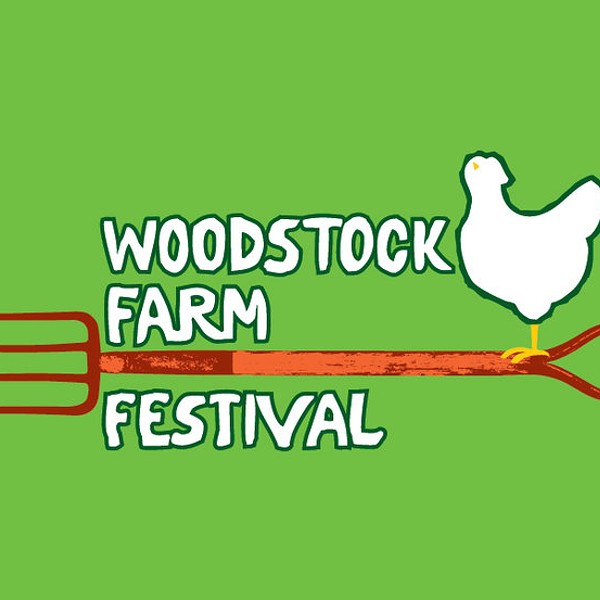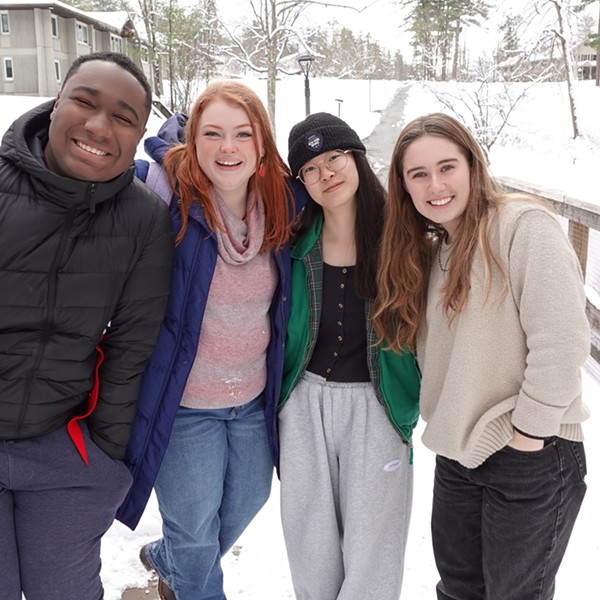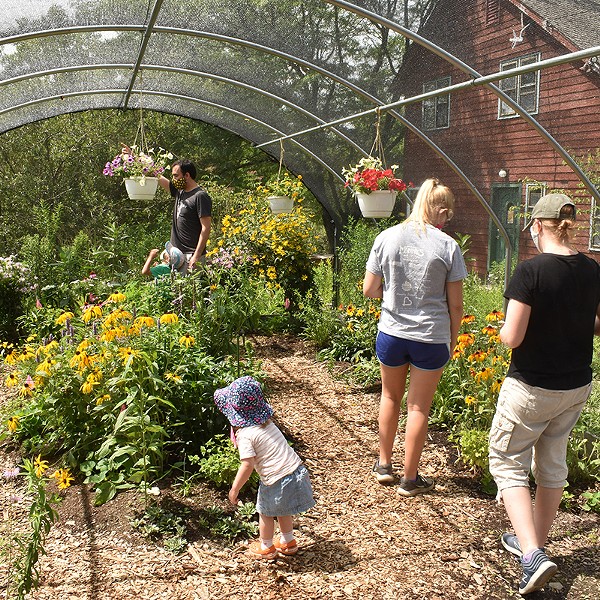Shiva originally gave this speech at Emory University in Atlanta on October 17, 2006. It was later broadcast on Alternative Radio (www.alternativeradio.org).
Being aware of the full cycle of life and its replenishment, what better opportunity than food? Food is in its very nature the place where ethics begins, because it is what connects us—our bodies—to the rest of the environment. Every other issue we can kind of put aside and think in a distant kind of way, but food becomes us. We are what we eat. So eating is the ultimate ethical act. It is the ultimate political act. It is the act where we decide whether we’re going to be part of raping the planet, killing the farmers, killing diverse species, and destroying our health in the process too; or we will be part of the protection of species, protection of the atmosphere, the protection of the annadatas, the givers of food. In Sanskrit, food is anna, data is the giver. The annadata is today in every society, beginning with this country, a threatened species.
In 1942, [India] had the great Bengal famine. It killed two million people, not because we didn’t have enough rice but because the rice that was grown was being taken out to feed the British army for the war. Half of what people grew was by force taken away as revenues by the British Empire. And when the famine started, it was the women of Bengal who started this amazing movement called Tebhaga. On one of my trips to Bengal, I was in a village hall, and the murals on the wall were paintings of this movement, where the women are standing there in front of their rice with brooms. That’s their defense. And on the other side is the police with guns. They are saying, “We will give our lives, but we will not give our rice.”
That’s what started to trigger land reform. The independence movement got accelerated. Nineteen-forty-two was the year we said to the British: Quit India. The Quit India movement began, and a series of things happened. But the most important outcome of it was the recognition that those who till the land must be the ones who make decisions about the land, must be the ones who benefit from the produce of the land. And out of that famine condition the rural areas became the driving force of the Indian economy. Half of the people who came 20, 30 years ago to Silicon Valley had been financed by parents from rural incomes, something that is usually forgotten—that you could send your child to university and college being a farmer, in this country as much as in India. My own mother financed my education with her farm income.
That changed in two steps. The first step, of course, was this 1965 revolution called the Green Revolution. Nineteen-sixty-five was a year of drought, a little less rainfall, just a little more import of wheat needed. We were told by the US: “We will not send you more wheat until you change your agriculture and adopt chemicals and the new seeds.” The World Bank came into the picture. And even though our prime minister of that time, Lal Bahadur Shastri, said, “We cannot experiment on such a large scale with so many lives,” we were literally compelled, through conditionalities, to adopt chemical agriculture. And it was adopted in the state of Punjab. That was just 1965-66.
By the 1970s, Punjab had become a volcano. By the early 1980s, it had become a center of terrorism and extremism. By 1984, the Golden Temple, an important Sikh shrine, had been attacked. As a backlash, Indira Gandhi was assassinated that winter. It was also that year, one month after Indira Gandhi’s assassination, we had Bhopal, the Union Carbide chemical disaster that has killed 30,000 people since then. Punjab’s violence and terrorism has killed 30,000 too. By the end of that year, I was holding my head and saying, “The Green Revolution got a Nobel Prize for peace. Where is this peace? And what was the Green Revolution?”








